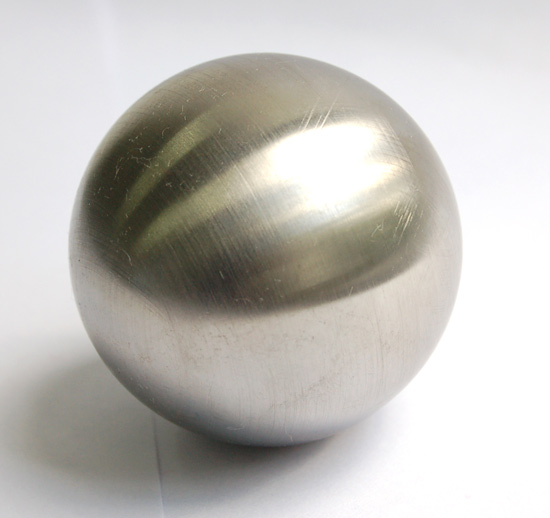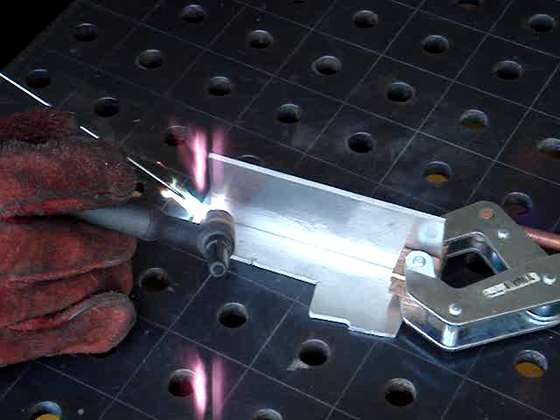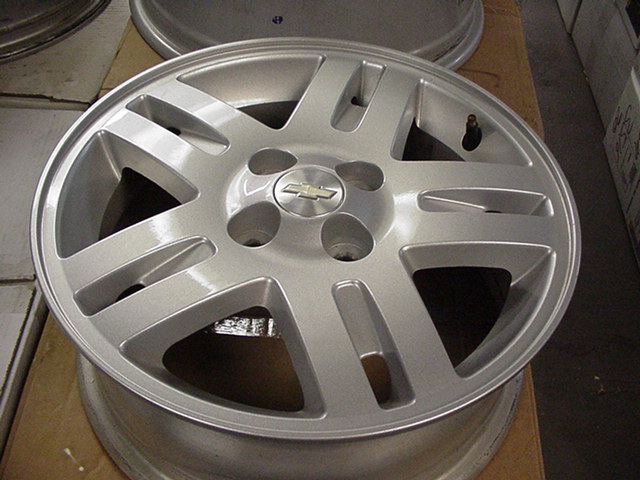What is Tungsten ?
Tungsten is a chemical element with the chemical symbol W and atomic number 74. The word tungsten comes from the Swedish language tung sten directly translatable to heavy stone. Tungsten is a very hard, dense, silvery-white, lustrous metal that tarnishes in air, forming a protective oxide coating. In powder form tungsten is gray in color.
The metal has the highest melting point of all metals, and at temperatures over 1650 oC also has the highest tensile strength. Pure tungsten is ductile, and tungsten wires, even of a very small diameter, have a very high tensile strength.
You might also like
| Tungsten What is Tungsten Metal ? In 1779 Peter Woulfe... | Aluminum Welding - Beginner Guide to Weld Aluminum How to weld Aluminum ? Aluminum is the most... | What is TIG WELDING ? TIG Welding - an Overview Gas tungsten arc... | Cobalt Alloys Do you know Cobalt Alloys ? Cobalt is useful... |





 Alloy Suppliers
Alloy Suppliers
 Aluminum
Aluminum
 Aluminum Extrusions
Aluminum Extrusions
 Copper-Brass-Bronze
Copper-Brass-Bronze
 Nickel
Nickel
 Magnets
Magnets
 Stainless Steel
Stainless Steel
 Stainless Steel Tubing
Stainless Steel Tubing
 Steel Service Centers
Steel Service Centers
 Titanium
Titanium
 Tungsten
Tungsten
 Wire Rope
Wire Rope